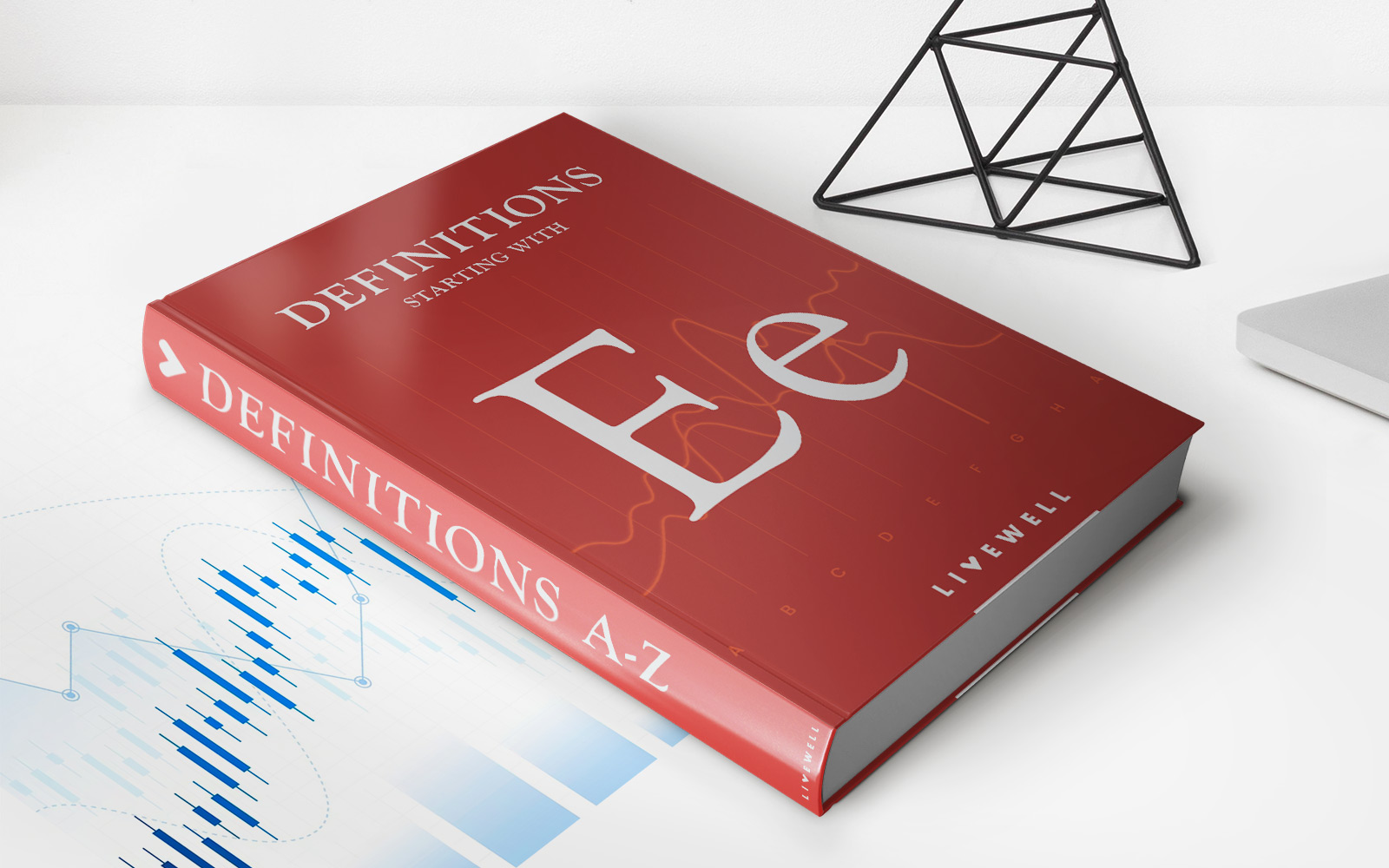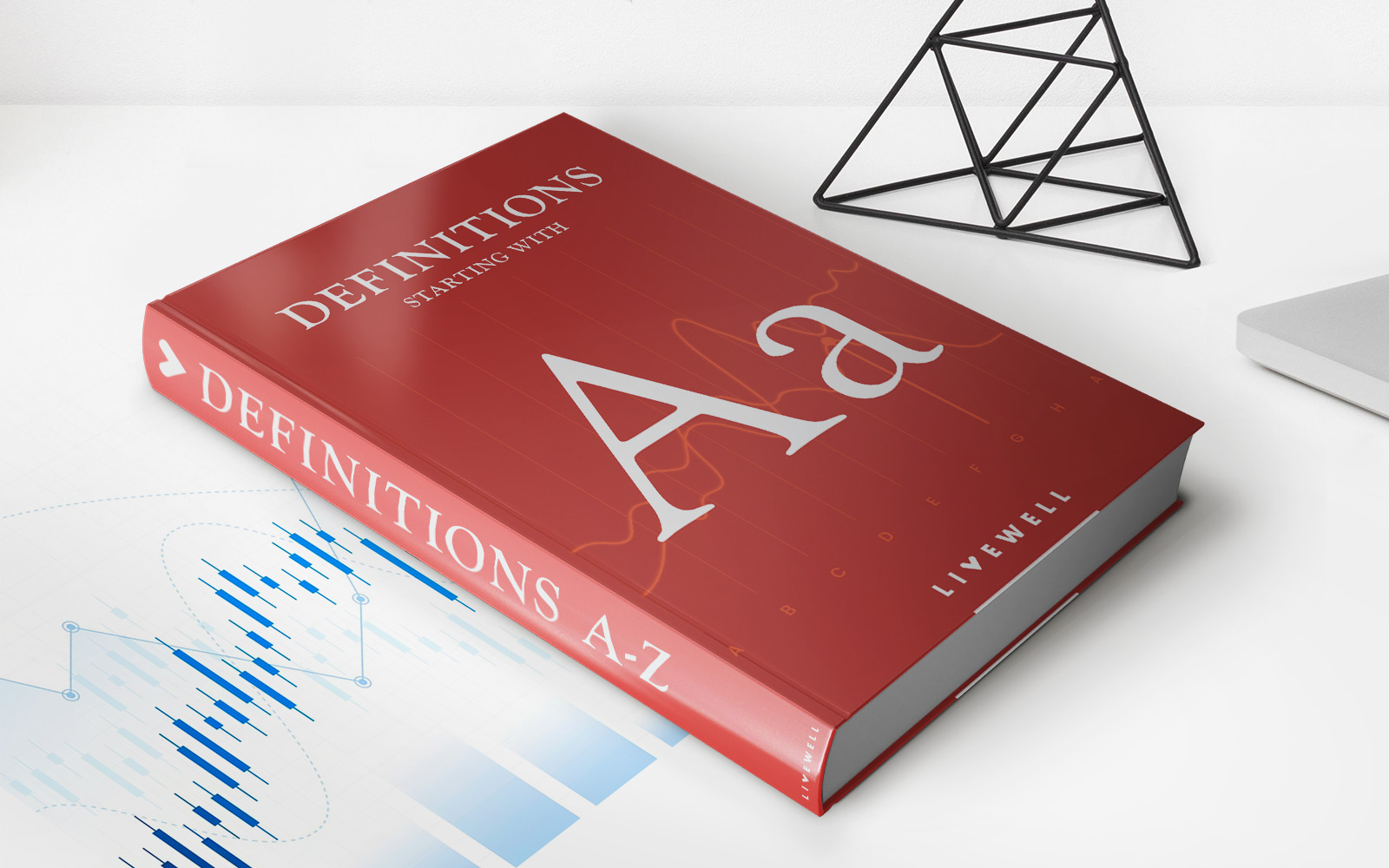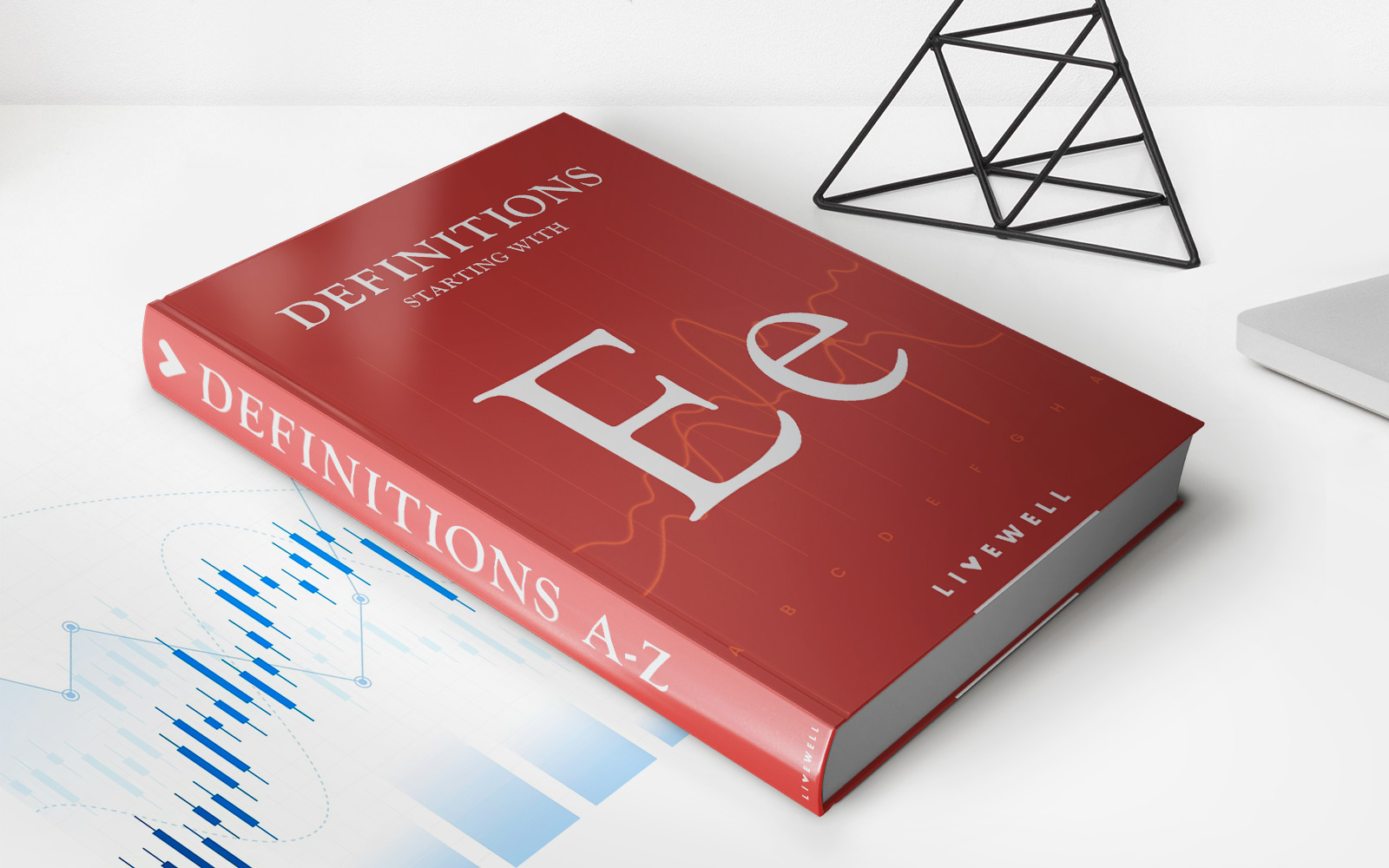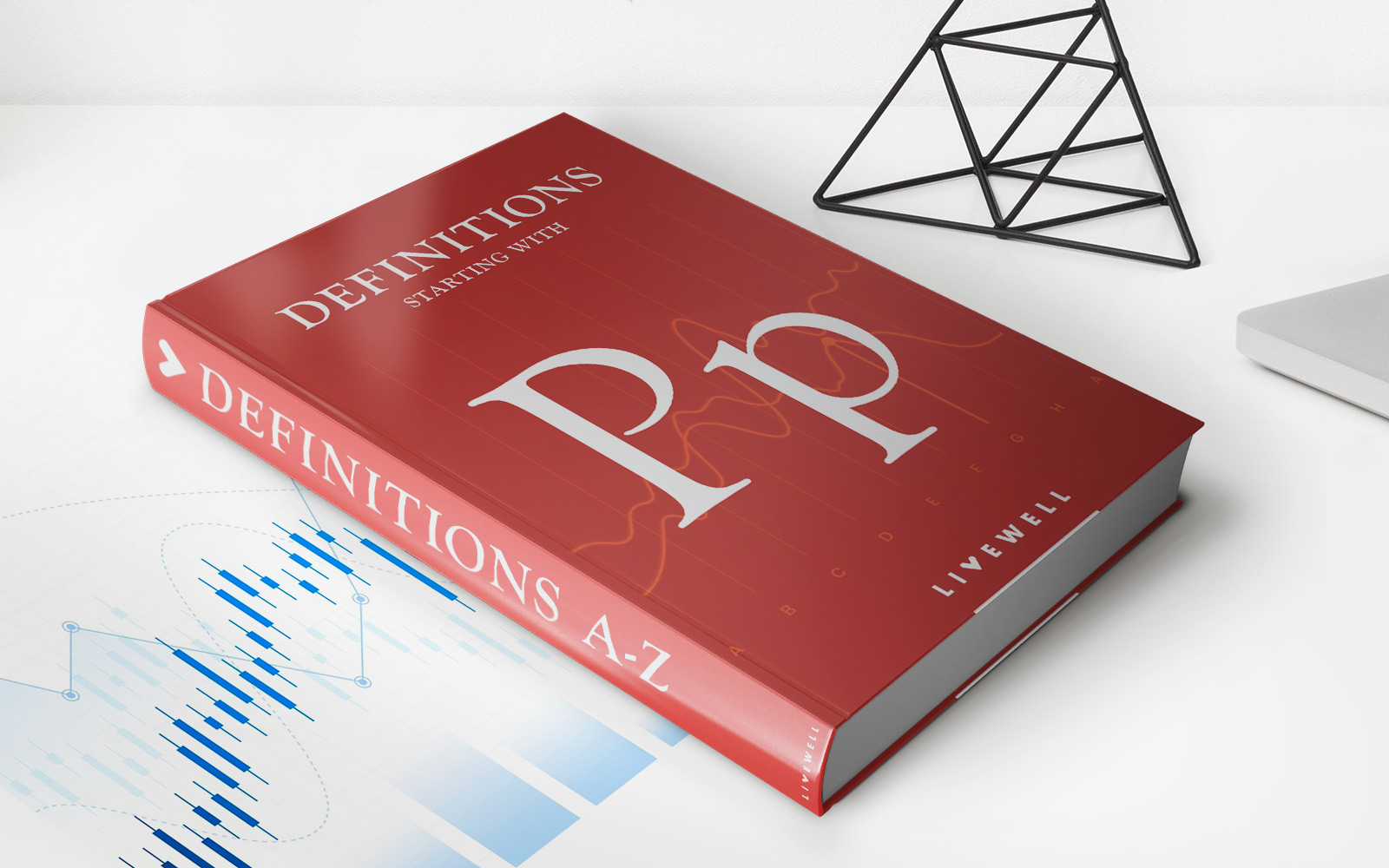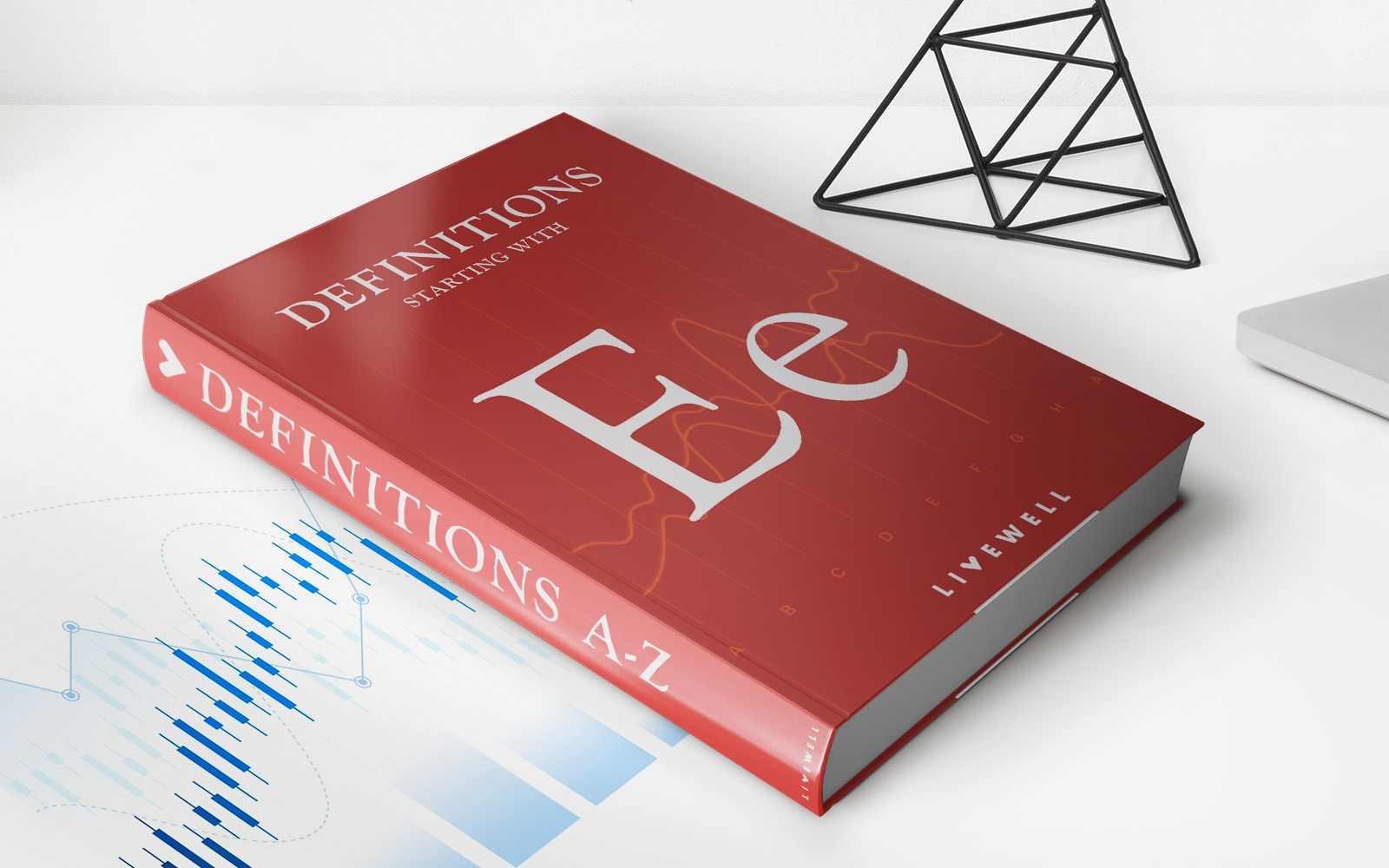Home>Finance>Maximum Loan-to-Value Ratio: Definition, Formula, Examples
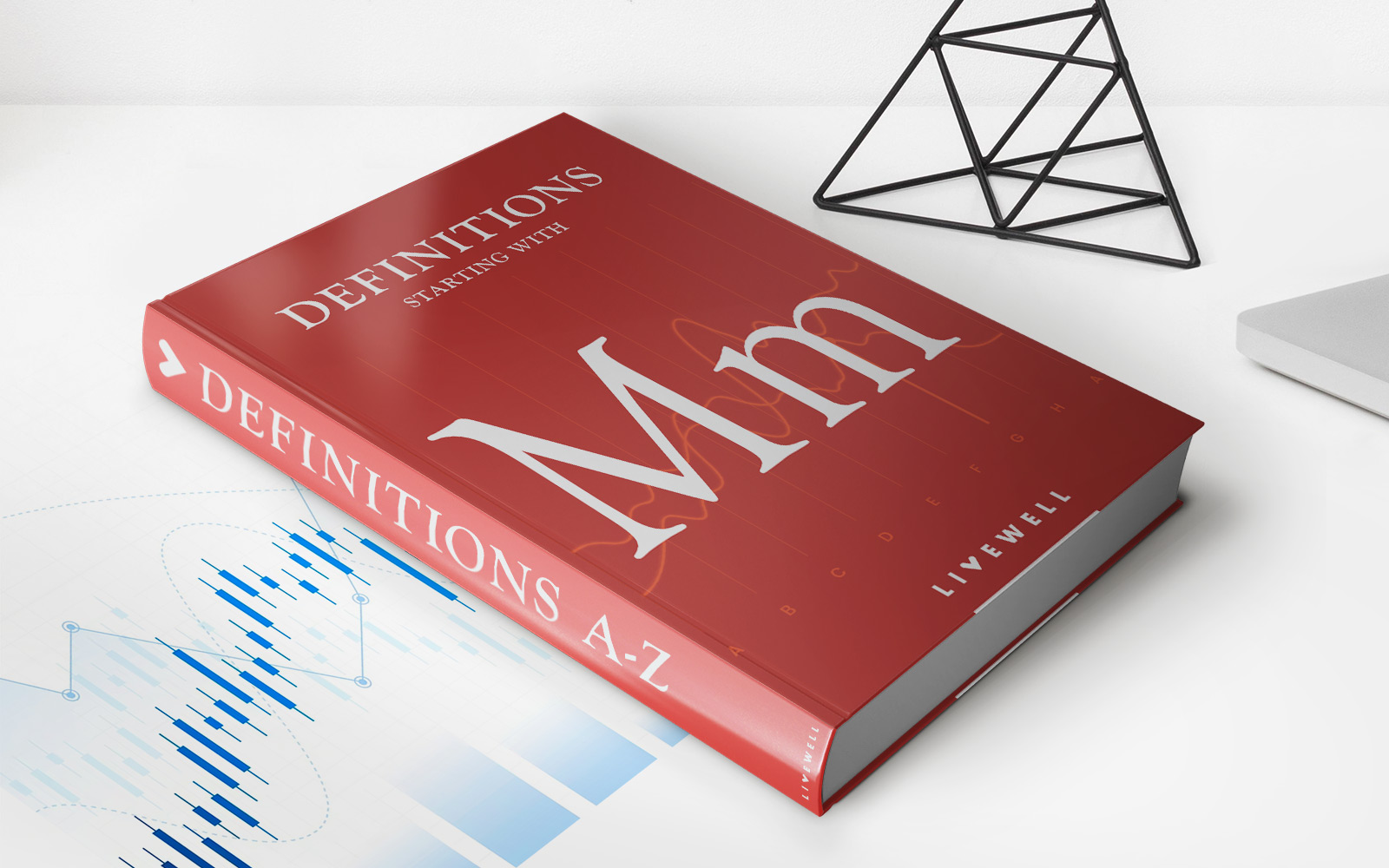

Finance
Maximum Loan-to-Value Ratio: Definition, Formula, Examples
Published: December 24, 2023
Learn the definition, formula, and examples of maximum loan-to-value ratio in finance. Understand how this ratio impacts borrowing options and property purchases.
(Many of the links in this article redirect to a specific reviewed product. Your purchase of these products through affiliate links helps to generate commission for LiveWell, at no extra cost. Learn more)
What is the Maximum Loan-to-Value Ratio?
If you’re looking into obtaining a loan for a major purchase, such as a new home or business venture, you may have come across the term “Loan-to-Value ratio” or LTV ratio. It is an important factor that lenders consider when deciding whether to approve your loan application or not. In this blog post, we will dive deeper into understanding the maximum Loan-to-Value ratio, its definition, formula, and provide some examples to clarify its significance.
Key Takeaways:
- The maximum Loan-to-Value (LTV) ratio determines the loan amount you can receive as a percentage of the property’s appraised value.
- Lenders use the LTV ratio to assess the risk associated with a loan and determine if the borrower should be granted the requested amount.
Understanding the Maximum Loan-to-Value Ratio
The Loan-to-Value ratio calculates the amount of loan you can be approved for by comparing it to the appraised value of the property you intend to purchase. It is an essential factor in loan financing, particularly in the real estate industry. By setting a maximum LTV ratio, lenders can limit their exposure to risk and protect their investment.
The LTV ratio is expressed as a percentage and is calculated by dividing the loan amount by the appraised value of the property. For example, if you need a $200,000 loan to purchase a home that has an appraised value of $250,000, the LTV ratio would be 80% ($200,000/$250,000 x 100).
Typically, lenders have different maximum LTV ratios depending on the type of loan and the borrower’s creditworthiness. For instance, a conventional mortgage might have an LTV ratio of 80%, meaning the borrower can receive a loan of up to 80% of the property’s appraised value. However, government-backed loans like FHA (Federal Housing Administration) loans might have a higher maximum LTV ratio, generally around 96.5%.
Examples of Maximum Loan-to-Value Ratio
Let’s look at a couple of examples to understand how the maximum LTV ratio works in practice:
- Example 1: Jane intends to purchase a house with an appraised value of $300,000. She has excellent credit and applies for a conventional mortgage loan. The lender’s maximum LTV ratio for conventional mortgages is 80%. Therefore, Jane can potentially secure a loan of up to $240,000 (80% of $300,000).
- Example 2: John is interested in buying a property with an appraised value of $150,000 but has limited funds for a down payment. He decides to apply for an FHA loan, which has a maximum LTV ratio of 96.5%. Based on this maximum ratio, John could potentially qualify for a loan amount of approximately $144,975 (96.5% of $150,000).
These examples illustrate how the maximum LTV ratio can vary depending on the loan type and the value of the property. It is crucial to be aware of your creditworthiness and the specific requirements associated with different loan types when considering your options.
In Conclusion
The maximum Loan-to-Value ratio plays a significant role in determining the loan amount you can receive, relative to the appraised value of the property. By understanding the concept behind the maximum LTV ratio, you can better assess your loan options and make informed decisions.
Remember, different lenders may have different maximum LTV ratios based on the loan type and individual financial circumstances. It is always a good idea to consult with a financial advisor or loan officer to understand the specific LTV ratios applicable to your situation.
If you have any questions or need assistance with calculating your maximum Loan-to-Value ratio, feel free to reach out to us. Our team of experts is here to provide the guidance and support you need in navigating the world of finance.
